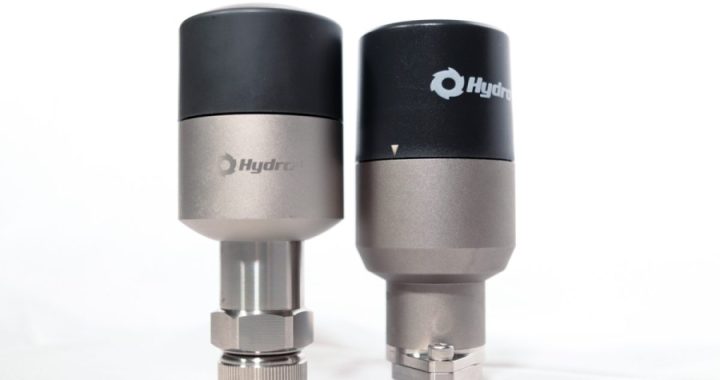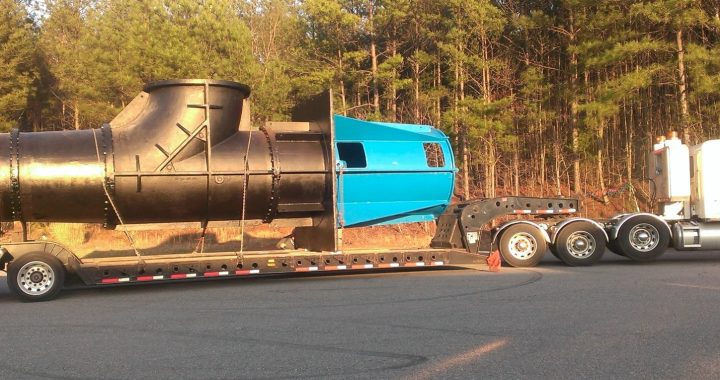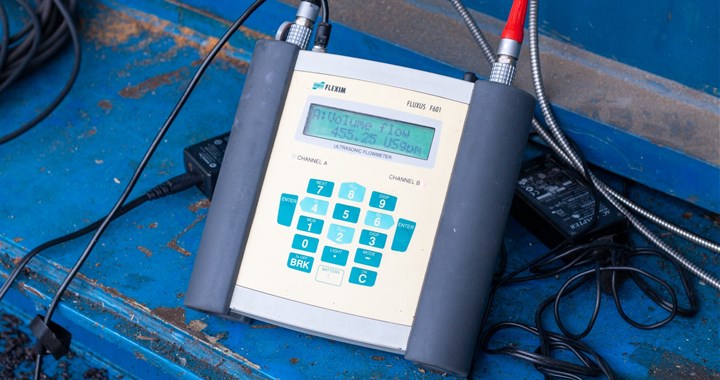Hydro’s condition monitoring solution, Centaur, is currently being used to monitor rotating machinery at a Gulf Coast terminal facility. Through Hydro’s Centaur system, real-time vibration amplitude levels and temperature levels are collected and stored at several measurement locations on compressors and their drive trains. Analysts at Hydro’s Monitoring and Diagnostic Center help to evaluate the collected data. They use their subject matter expertise to make recommendations to the end user when they identify actions that could minimize downtime and maximize the lifespan of the monitored machinery. Continue reading
Tag Archives: vibration
Wednesday Webinar: Vibration Concepts
Join instructor Glen Powell as he introduces concepts and terminology related to vibration. You will learn about frequency, amplitude, and phase, vibration waveforms and spectrums, vibration equipment, machinery faults, natural frequency, and resonance.
Wednesday October 4, 2023 | 2:00 – 3:30 Central (Chicago)
In-Person Basic Hydraulics & Vibration Seminar (Los Angeles)
Join Evans Hydro for an in-person seminar introducing Basic Hydraulics and Vibration Fundamentals. The seminar will be held at the Evans Hydro service center from 9am to 3pm PDT.
What You Will Learn:
- Understanding Pump & System Curves
- NPSH
- System Losses
What You Will Earn:
- Five (5) CWEA Contact Hours
- Critical knowledge on how to improve pump reliability
Resonant Mode Detected and Resolved in Critical Condensate Pump
A Midwest power utility customer was experiencing increased vibration after a refurbished Condensate pump was reinstalled on-site. They reached out to Hydro Reliability Services to help troubleshoot the vibration issue and determine if it was a problem inherent to the equipment or the result of the refurbishment. Continue reading
Re-engineering System Reliability
A US fertilizer plant was experiencing recurring reliability problems with its horizontal multistage boiler feed pumps. The series of repeat failures motivated the owner plant to consult with a widely-known unbiased aftermarket pump service provider. Previous experience with this company’s Texas facility gave the plant confidence that they had the capability to troubleshoot the problem and provide a solution. This type of supplier has been classified as a “CPRS”— Competent Pump Repair Shop, because their worldwide affiliates are staffed by specialists who have the fullest support of pump engineers at the company headquarters.
The aftermarket pump service provider performed a failure modes and effects analysis (FMEA) that took into consideration historical failure information and included an independent engineering analysis of the operating conditions. A review of the system history uncovered that the fertilizer plant had originally been designed with two 100% pumps. When the system was uprated, increased output requirements necessitated that both pumps operate in parallel to meet the new demand. Based on this information, the FMEA determined that the most probable failure mechanism was discharge recirculation caused by low flow operation.





